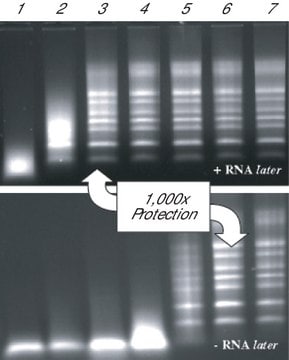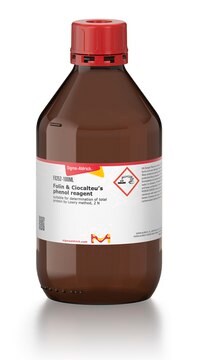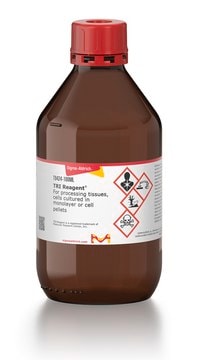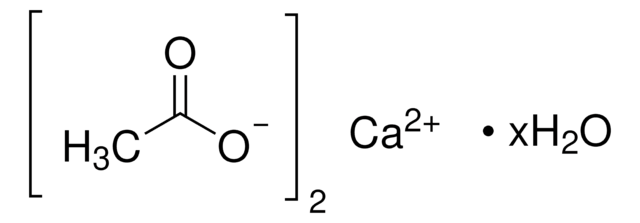S2127
Carbonato di sodio
ReagentPlus®, ≥99.5%
Sinonimo/i:
Cenere di soda, Sale disodico dell’acido carbonico, Soda calcinata
About This Item
Prodotti consigliati
agenzia
suitable for EPA 300
suitable for SM 2310
suitable for SM 2320
Livello qualitativo
Nome Commerciale
ReagentPlus®
Saggio
≥99.5%
Stato
powder (granular)
pH
12 (25 °C, 106 g/L)
pKa (25 °C)
(1) 6.37, (2) 10.25 (carbonic acid)
Punto di fusione
851 °C (lit.)
Stringa SMILE
O=C(O[Na])O[Na]
InChI
1S/CH2O3.2Na/c2-1(3)4;;/h(H2,2,3,4);;/q;2*+1/p-2
CDBYLPFSWZWCQE-UHFFFAOYSA-L
Cerchi prodotti simili? Visita Guida al confronto tra prodotti
Descrizione generale
Applicazioni
- A sintering aid with the ZnO (zinc oxide) for the preparation of BaCe0.5Zr0.3Y0.2O3−δ based composite electrolyte material by solid-state reaction.
- A co-precipitating agent for the synthesis of stable iron oxide nanoparticles from a stoichiometric combination of Fe(II) and Fe(III) salts.
- A catalyst for the etherification of glycerol to polyglycerols.
Azioni biochim/fisiol
Note legali
Avvertenze
Warning
Indicazioni di pericolo
Consigli di prudenza
Classi di pericolo
Eye Irrit. 2
Codice della classe di stoccaggio
13 - Non Combustible Solids
Classe di pericolosità dell'acqua (WGK)
WGK 1
Punto d’infiammabilità (°F)
Not applicable
Punto d’infiammabilità (°C)
Not applicable
Scegli una delle versioni più recenti:
Possiedi già questo prodotto?
I documenti relativi ai prodotti acquistati recentemente sono disponibili nell’Archivio dei documenti.
I clienti hanno visto anche
Il team dei nostri ricercatori vanta grande esperienza in tutte le aree della ricerca quali Life Science, scienza dei materiali, sintesi chimica, cromatografia, discipline analitiche, ecc..
Contatta l'Assistenza Tecnica.







